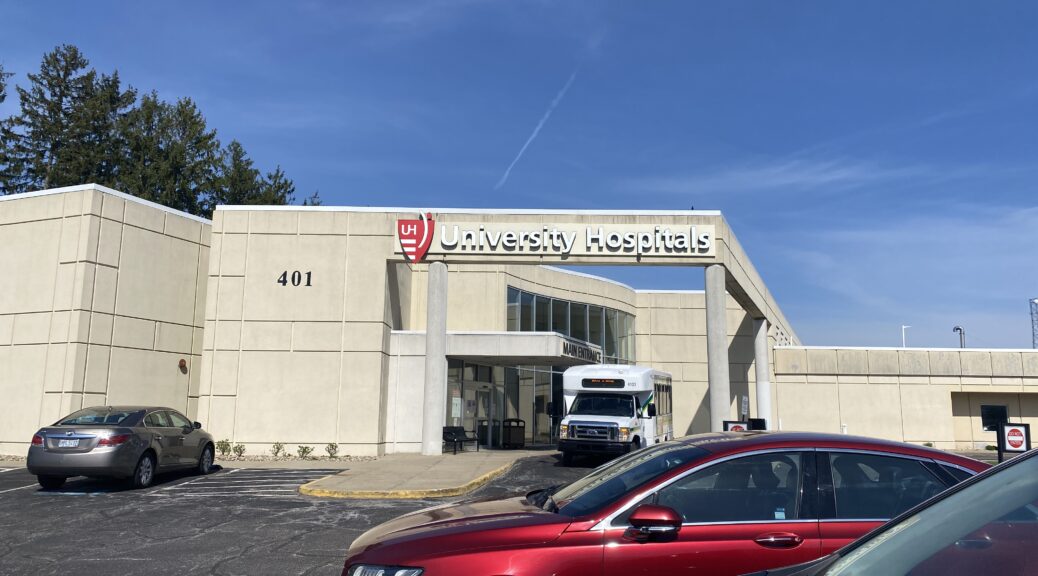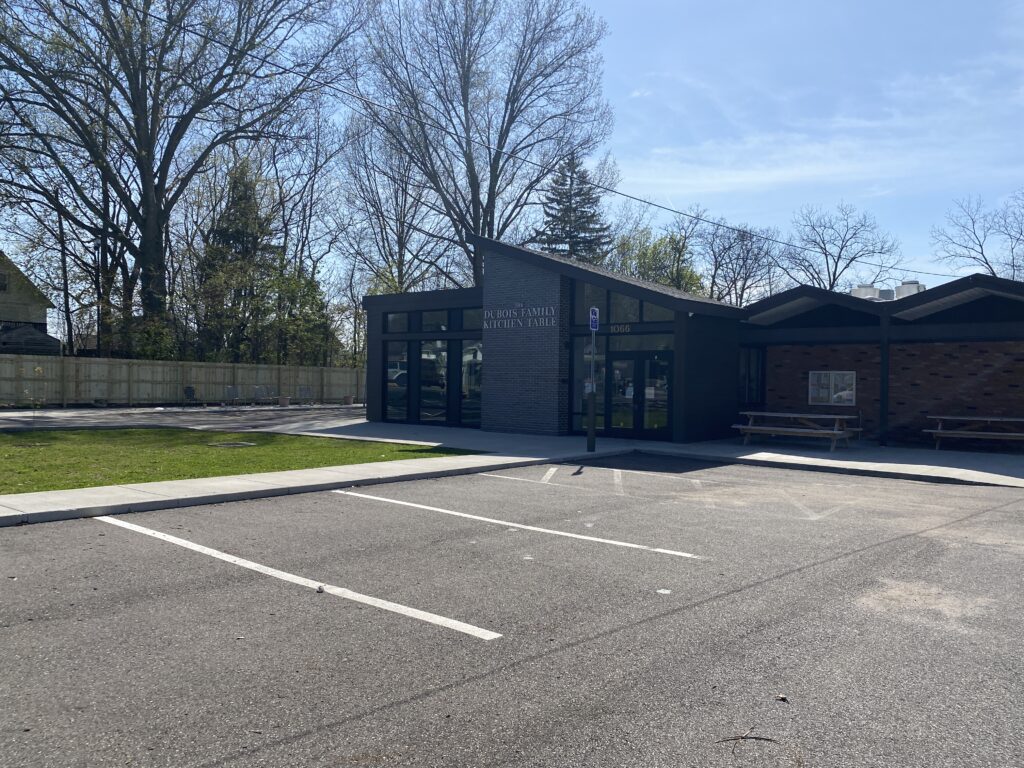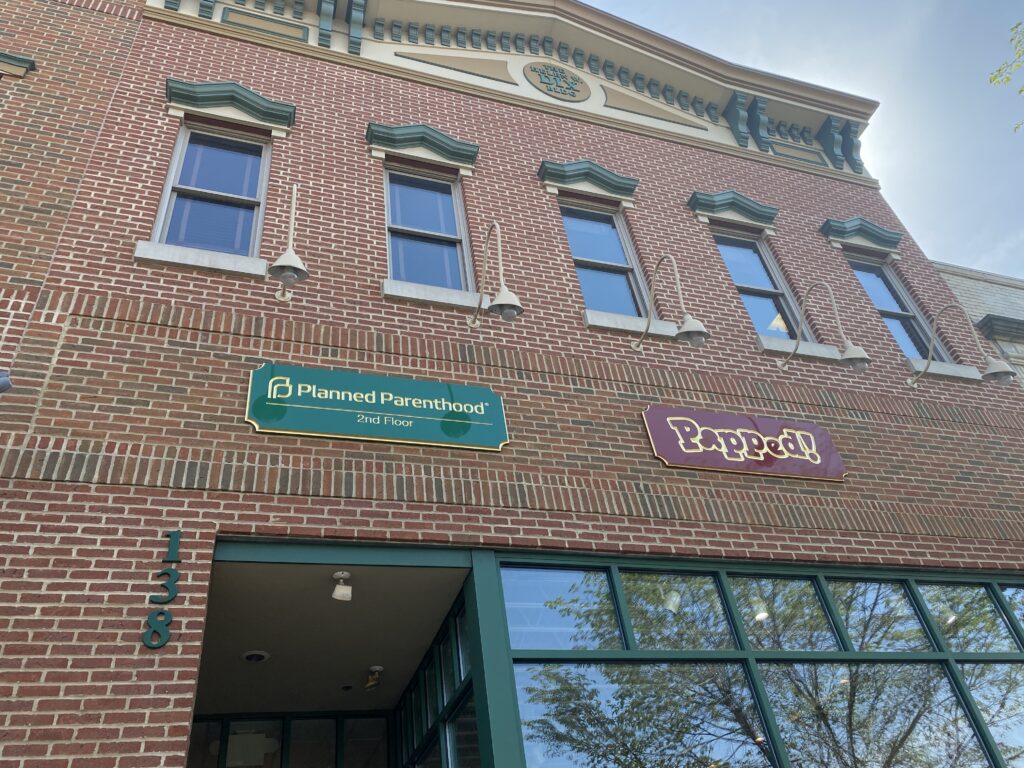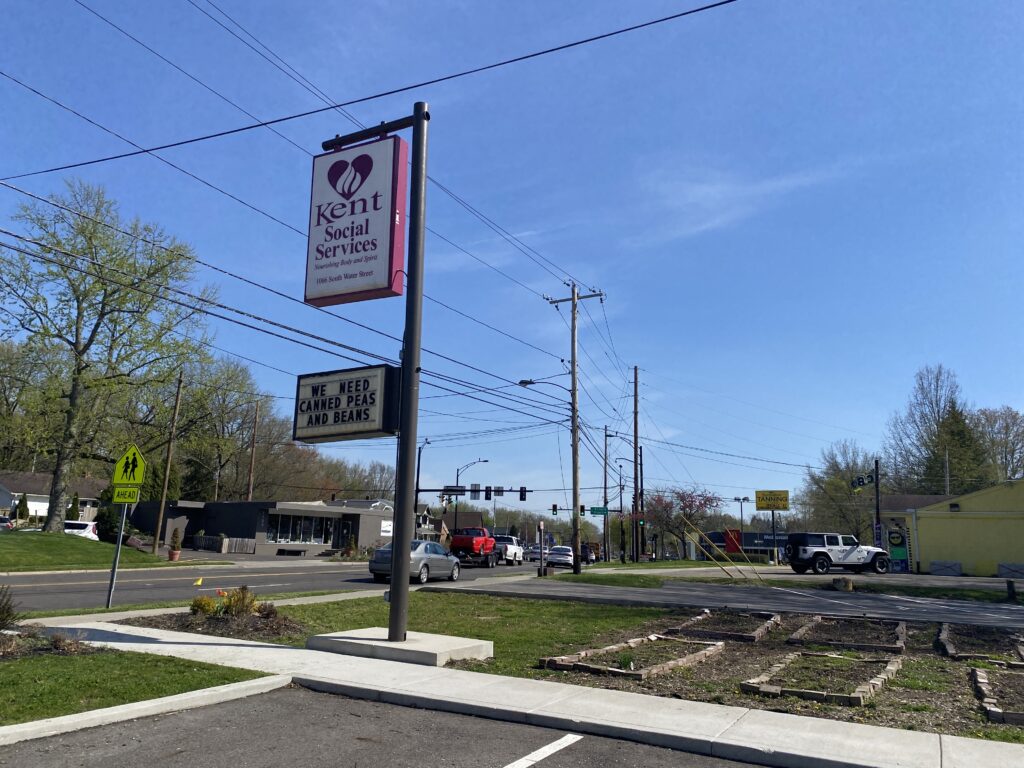
Studies show a gap in infant mortality rates by race, the driver: racism
According to data from CDC WONDER, in the nine most populous Ohio counties, rates of infant mortality for Black/African American people are on average higher than those for white people.
The data points to inequalities in healthcare driven by racism.
Heather Rice, a professor, researcher and licensed nurse practitioner at Cleveland State University said the infant mortality rate is an indicator of population health.
“Infant mortality is […] the probability that a child born in a particular year will die before reaching the age of one,” she said. “We look at that rate in our city because it allows you to get a lot of information about how your area is doing in regards to population health, so it’s a good indicator of overall health of that region.”
Infant mortality is defined as when an infant dies before their first birthday.
Rice said the infant mortality rate measures population health well because it is often indicative of the larger environment.
“When you have more infants in your area that are experiencing more infant mortality you begin to look at what other causes on an environmental level, a social level are impacting the causes of those,” she said. “So here in Cuyahoga County, we have disparities based off of race. African American women experience infant and maternal mortality at increased risk.”
A study from the Health Policy Institute of Ohio shows infant mortality has been on a decline in recent years, yet rates for Black Ohioans are 164% higher than white Ohioans.
Rice said the infant mortality rate for Black babies is two to three times higher than white babies and the maternal mortality rate is in some areas four times higher for Black mothers than white mothers.
“Black infants tend to be more premature, […] and we know that black women experience more prematurity because of toxic stress,” she said. “Black women tend to experience more stress. That stress on the mom also stresses the baby, and we’ve been able to associate the toxic stress to structural racism.”
“Black women who have college degrees and doctoral degrees actually have more of a risk than a Caucasian high school student without a high school diploma,” she said. “The fact that socioeconomic status does not come as a protective measure kind of indicates that there must be something else going on, systems wise.”
Rice said the best practices for Black women to have the best outcomes have to do with education and a support system.
“There has been a few things that in my research we found to be helpful,” she said. “For one, black women being educated about the risks and aware of the risks prior to getting pregnant, so that when they do become pregnant, they know what types of interventions are helpful for them”
The type of provider is also very important. Rice said a Black woman should be sure to work with a provider that listens to them and acknowledges their concerns.
Rice said Black women should also be advised to expand their teams. Working with a community-based doula, who provides guidance and support before and during labor, can help take stress away from the mother.
“Having support is huge,” she said. “That’s what I love about doulas, particularly the ones that I work with at Birthing Beautiful Communities. They come in, they attend medical appointments with moms, they help them with transportation if they have transportation concerns, they also provide classes so moms can be educated about different things related to labor and delivery, but most importantly, they advocate for them.”
“Black women who have college degrees and doctoral degrees actually have more of a risk than a Caucasian high school student without a high school diploma“
Heather Rice
Rice said midwives can be another good option, but the most important thing is having a provider that listens to you.
“Just having a provider that sees you, hears you, and even if you can have one that looks like you. There’s a racial concordance that also improves your outcomes,” she said. “Recently, the CDC just said that having a more diverse, more black providers, decreased outcomes in counties by 10%.”
This is one way co-founder of Village of Healing Da’na Langford has addressed the infant mortality rate at her practice. She believes the only way to overcome racial disperities in healthcare is to create a new system.
Langford founded Village of Healing with a mission of safety and acceptance. She said when she and her co-founder Tenisha Gaines tried to improve healthcare within the system, they were ignored.
“We were working at one of the institutions and we were being asked to go sit in these meetings around the city and the county that were discussing infant and maternal mortality,” she said. “The people that were giving solutions looked nothing like the community and was constantly telling the community what they needed to do and what they needed, but we weren’t being heard or listened to when we had solutions.”
So, Langford and Gaines created Villiage of Healing, a clinic for Black women in Cuyahoga County with all Black providers.
She said their mission became even more clear after Bloomberg’s CityLab ranked Cleveland as the worst city for Black women’s overall outcomes.
“City Lab and Bloomberg came out with their study to say that Cleveland, Ohio was the worst place to live for black women, but we already knew that,” she said. “But what struck us was second to last in healthcare outcomes. Again, we already knew that, it was great to have the data to validate it, but we knew it.”
She said racism is the reason for disparities in the infant mortality rate.
“We know the reason, it’s racism,” she said. “Black women are unheard, Black women are considered dispensable. Unfortunately, they are not viewed as human.”
Langford said it’s true for black women everywhere, in more industries than just healthcare.
“Black women’s stories are: I complained, I asked for help, I begged and I pleaded for my life, and I was still not heard and I was still pushed to the side,” she said. “We see it in education, we see it in workplaces, we see it as far as the criminal justice system is concerned.”
“CityLab and Bloomberg came out with their study to say that Cleveland, Ohio was the worst place to live for black women, but we already knew that.”
Da’na Langford
Langford said the Village of Healing selects Black providers that are equipped to offer the best care.
“I’m very careful about even choosing my Black providers, that they’re still knowledgeable, that they are culturally sensitive and that they’re empathetic and that they hear black women when they talk,” she said.
Langford said the only solution is challenging the system.
“The system as a whole was created to be racist,” she said. “What has to happen is allies–and people that continue to call themselves allies because I’m very careful about that word–and accomplices need to be the ones that make the changes within their own system.”
Langford’s approach focuses on Cuyahoga County and the Cleveland area, an area that is hit hard by racial disparities in healthcare.
Even statewide, infant mortality is a significant issue in Ohio. This becomes clear when compared to other states. Ohio ranks fourth in most infant deaths between 2017-2020, only behind Texas, California and Florida.
“I’m very careful about even choosing my Black providers, that they’re still knowledgeable, that they are culturally sensitive and that they’re empathetic and that they hear black women when they talk.”
Da’na Langford
According to the Ohio Department of Health, drivers of infant mortality include social, economic and physical environment, clinical care and health behaviors, but underlying all of that are inequalities such as poverty, trauma, violence and of course, racism.
In Cleveland, the city health department has worked to address infant mortality with the MomsFirst program. The program has existed for 33 years and uses funds and grants to help support moms living in Cleveland.
Project director for the MomsFirst project Lisa Matthews said they aid mothers with outreach.
She said the program has three components. The first is centered on community outreach for any resident of the city. The second works with the Cleveland Municipal School District and Cleveland charter schools to enroll teenagers. The third, the specialized population component, works in the Cuyahoga County Jail to support incarcerated individuals, in homeless shelters to support the homeless population and also in inpatient chemical dependency treatment facilities for those recovering from addiction.
Matthews said the program provides support in a variety of ways.

“We do a lot of work in our community with other partners around addressing social determinants of health which get at the inequities in things that stress people out,” she said. “[Such as] lack of proper education, lack of healthy foods, lack of transportation, lack of affordable housing arrangements.”
Matthews said the program has improved within its 33 years and is always incorporating new methods into programming.
“Initially, we thought the silver bullet was just getting moms into early and continuous prenatal care, and if we did that we would solve infant mortality. Well, after five years, we found […] evidenced-based practice to show that that wasn’t enough, that there was still systemic racism and all these other things going on,” she said. “And now, 30 years later, we’re finally comfortable calling it what it is.”
Matthews said the data shows their programs work. She said preliminary 2022 data shows the infant mortality rate for Black babies in Cleveland is at 15.4 per 1,000 births; however, the rate for predominantly African American babies enrolled in their program was 3.0.
“That wasn’t enough, there was still systemic racism and all these other things going on. And now, 30 years later, we’re finally comfortable calling it what it is.”
Lisa Matthews
She said in order to continue to make change, the community needs to come together.
“Babies dying is not just the Public Health Department or the MomsFirst’s problem. It’s everybody’s problem,” Matthews said. “Using that approach, and involving the community, is how I think we’ve been able to keep ourselves moving forward with this work.”


